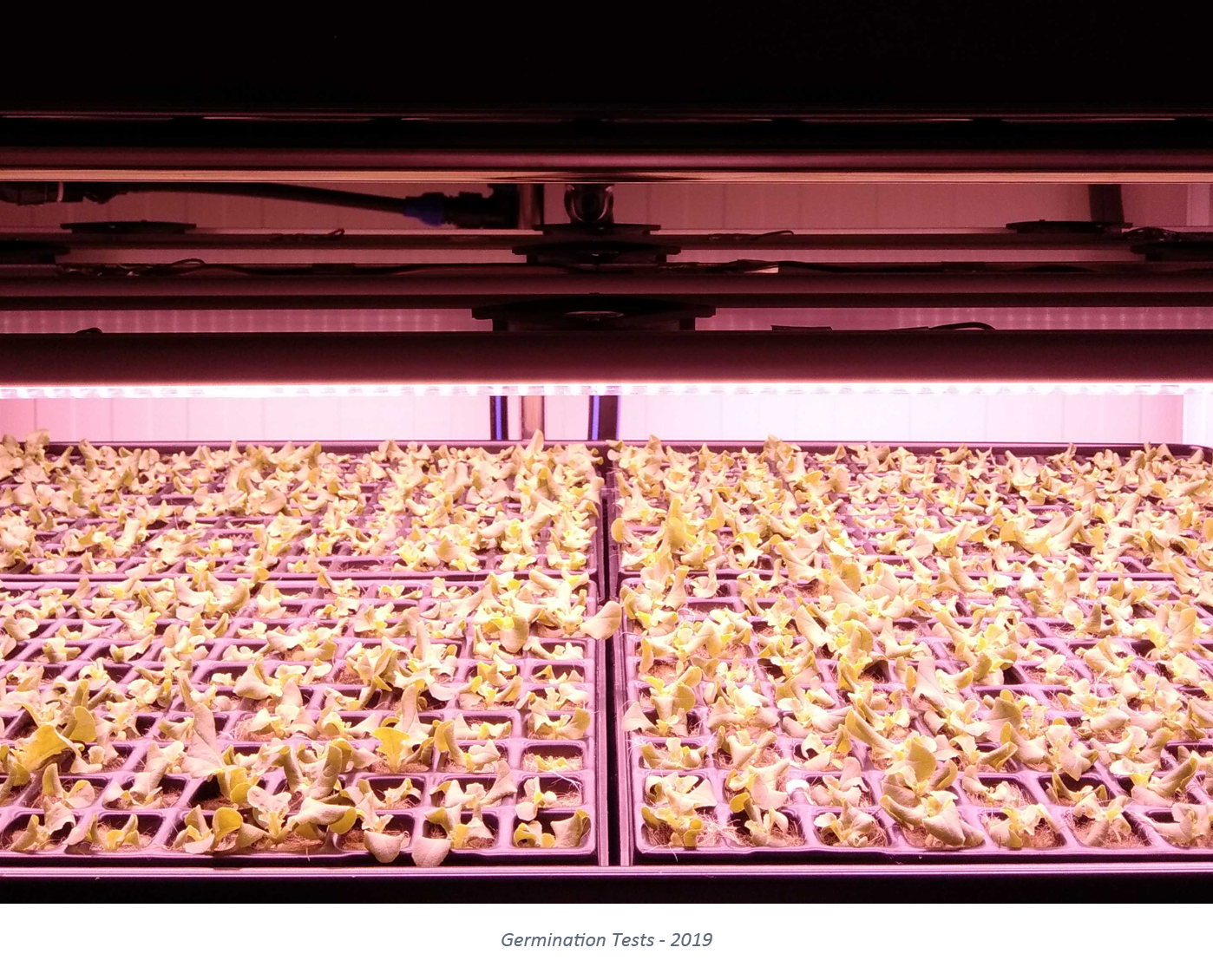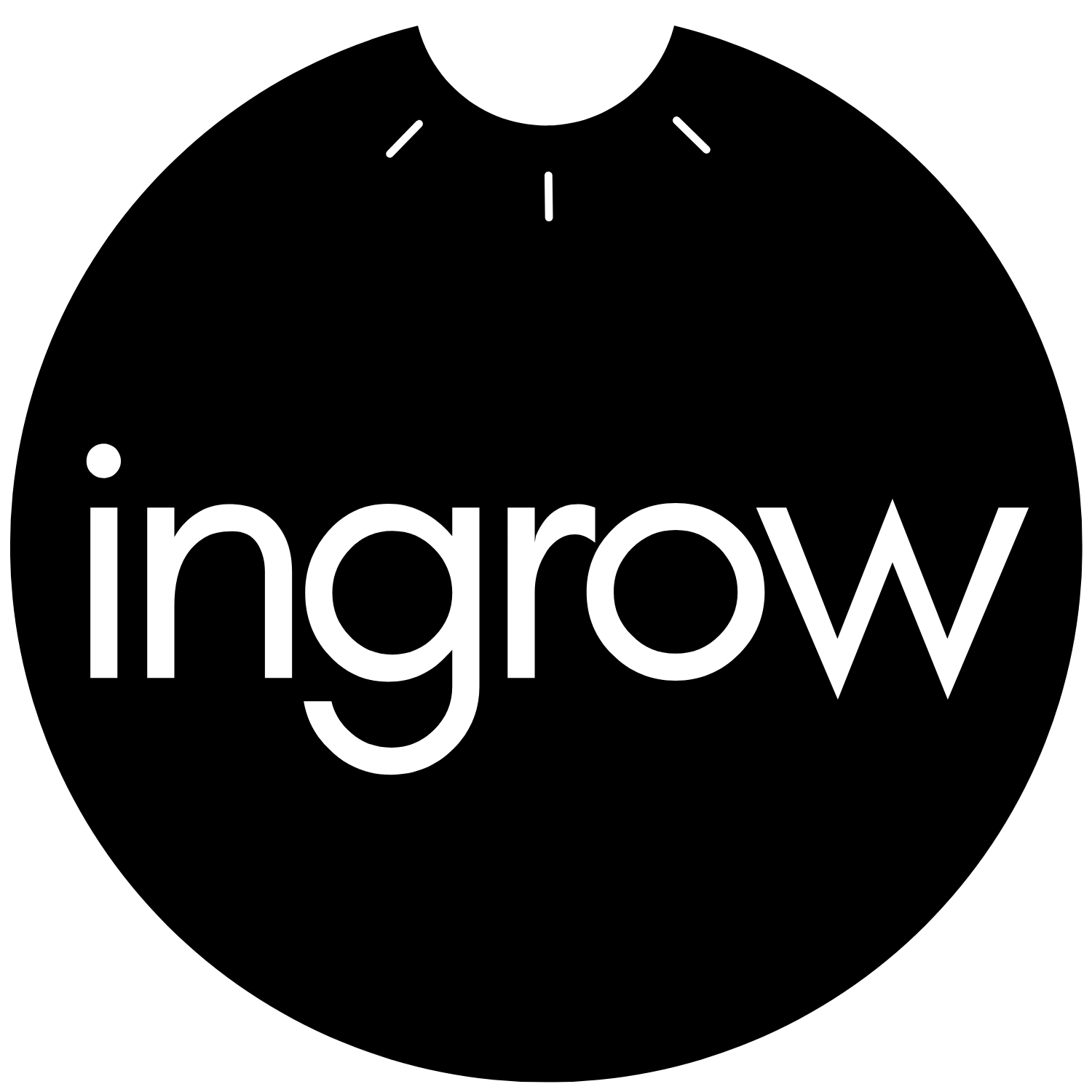
In theory yes… in practice no!
Vertical farming will not be able to compete with large production of cereals such as Corn, Wheat or Rice.
The market sector of agriculture where Vertical Farming will excel is with the production of fruits, vegetables, leafy greens and mushrooms on urban locations closer to the consumer such as rooftops, basements, parking lots or even deactivated metro stations for example. Since in these cases, the plants are actively growing up to the time they are harvested, you can be sure you are getting the full nutritional value of it while allowing much longer shelf times!
Let’s look at the main characteristics of suitable crops for the current vertical farming technology:
- Compact size – short stature plants (leafy greens) allow for the best usage of floor area since you will be able to fit more plants per m2 this will allow for a better usage of the space. This will also facilitate the intensity of lighting required for each level since you won’t have to either move the lights closer to the canopy (which increases labor costs if not automated) or in contrast have a larger intensity lights to reach the plants while they are young and smaller,
- Short production cycles – Since there is an energy cost behind your indoor production (lighting and climate control mainly) you will greatly benefit from shorter cycles. It is also to be noticed that crops on CEA have most commonly shorter cycles than crops on open field environments.
- High Harvest – Although this is important to any cultivation method, it is highly important when using vertical farming. The amount of plant weight that has market value ( for example leafy greens range from 85% ( considering the roots and stems have no value) to 100% marketable product when the whole plant can be consumed. While growing fruits like tomatoes, you will have large amounts of energy going to the leaves and stems which ultimately will not be marketable.
- High and added Value – In controlled environments you can more easily produce high quality crops in terms of nutritional value, aesthetics and uniformity . Since you are able to create any desired environment conditions, you are also able to grow crops that you wouldn’t outdoors, giving you the opportunity to explore niche markets. You will also be able to market your crop as free of pesticides, low water footprint and with a responsible use of fertilizers.
- Year Round Demand – If you want to have a faster return on your initial investment in structures and equipment, it is better to make use of the benefit of growing any crop year round independently of your local outdoor conditions. This type of cultivation method is also perfect for plugs and clones of varieties that you will not easily find throughout all seasons ( for example summer crops plugs during winter: tomatoes, peppers, strawberries and aromatics like basil )
- Freshness – It is also good to select crops that normally have short shelf lives meaning those that are easily perishable. This will allow you to go after markets that only occasionally and temporally have fresh produce –
Some examples:
Leafy greens: Lettuce, Spinach, Basil, Arugula, Mustard greens, microgreens etc.
Vegetables: Kale, Cabbage, Bok-choy, Chard, etc.
Fruits: Tomatoes, Strawberries, Peppers, Cucumbers.
